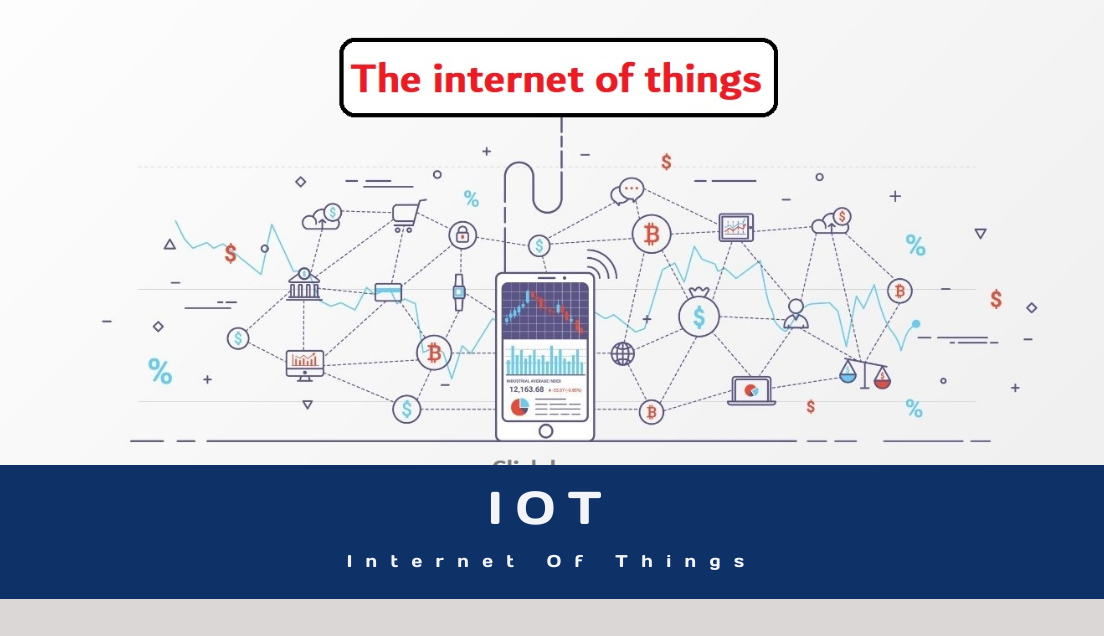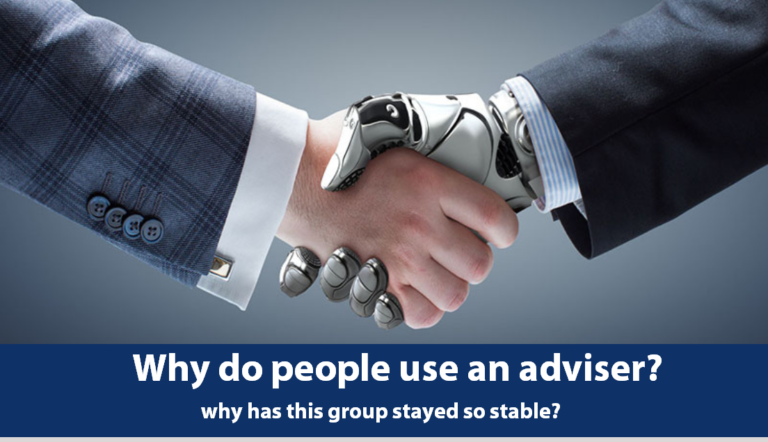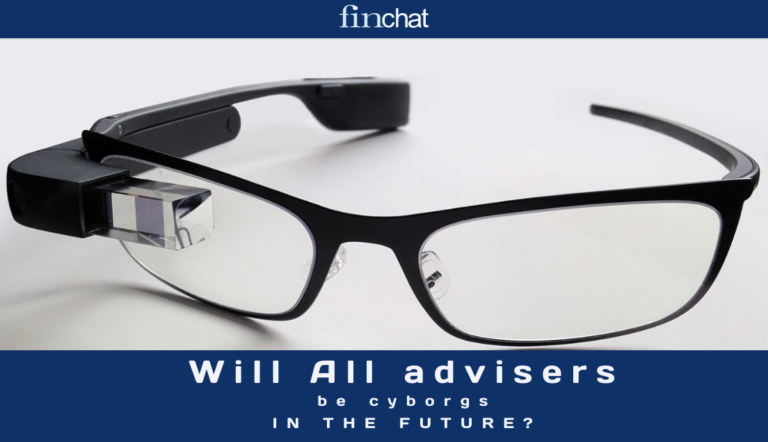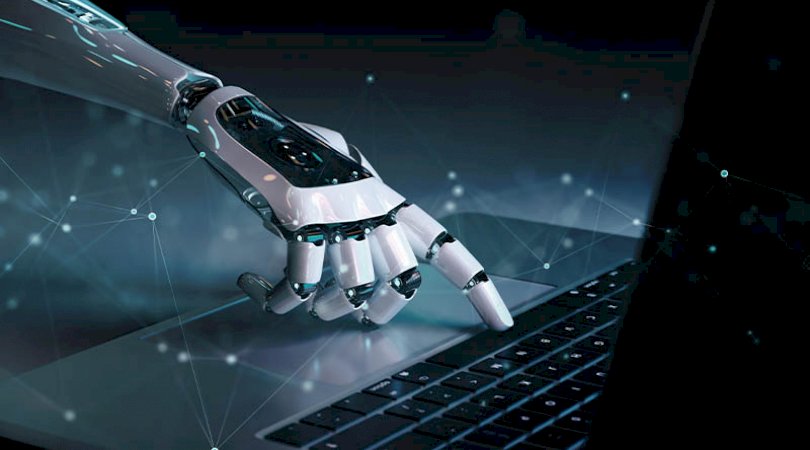The internet of things
New technologies for financial planning – IoT
[cherry_spacer size=”20″]
What is the internet of things?
The internet of things are all the “things” (devices) that are capable of connecting to the internet and communicating. These “things” are often called “smart devices”.
They often communicate and share data without human intervention. An example would be your smart watch sending you notifications and transmitting data, like a fitness session, to your mobile phone (another smart device).
The list of smart devices is growing exponentially and includes fridges, TVs, cars, surveillance equipment, lights and so on. Home assistants like Alexa, Google Home and Siri are “always on”, ready to assist by answering a query or to execute a command like “Alexa turn on the lights”. An Alexa enabled device (like an Echo Show) communicates and shares data with a light bulb. Ordinary household items have become mini-computers.
How can IoT help?
IoT is undergoing phenomenal growth with a growing list of applications;
- Machines could detect parts that need attention and schedule maintenance saving “down time”.
- Inventory levels can be monitored by machines that can place orders to keep them at optimum levels.
- Machines can maintain desired temperature levels, irrigation flows and so on.
- Property surveillance equipment can alert owners or security officials of any intrusion.
- Health professional already sit in a control center monitoring multiple patients “wired up” to equipment measuring a patients vital signs.
Edge computing
Edge computing is the ability of machines and household items to perform all the computing themselves rather than sending data to a server to handle the computing.
As devices do the computing themselves there is less data flowing to servers, freeing them up for more critical computing.
The Industrial Internet of Things
Major manufacturers are using IoT to improve their efficiency. Rolls Royce, ABB and others have sensors (mini computers) embedded in their products that report on efficiency, wear and so forth, preventing break downs and allowing for improvements.
“Things” are also getting smaller. Sensors and cameras, capable of transmitting and receiving data, are getting as small as a grain of salt.
How could financial planning use this technology?
Devices will shrink and become more powerful. 5G will accept and transmit huge amounts of data from humble devices like the mobile phone.
This means a phone will be able to do anything a large financial planning app does today. The problem will be user experience on a small screen which may be solved by folding phones or (as some already do) incorporating a projector. Alternatively, it could all be done using voice.
Amazon’s Alexa allows developers to build skills and Finchat has a financial planning skill using their cloud services you can access here.




